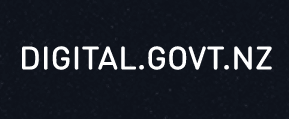What is a digital divide?
Digital divides are the gaps between those who:
- have access to the Internet, and those who do not
- can afford an Internet connection and devices, and those who can not
- have the capability and skills to use the Internet, and those who do not
- are not limited by impairment online, and those who are
- have the capability, motivation and trust to use the Internet to enrich their lives and their social connections, and those who do not.
Traditionally the digital divide has been defined as whether someone has Internet access or not, but as the Internet matures, we need to consider all the factors required for people to meaningfully use and benefit from the Internet.
Source – Internet.nz
Why is digital inclusion important?
If everyone has what they need to access and use the internet, there will be a strong foundation in place for all New Zealanders to move forward together in an ever-changing digital world. People who cannot access and use the internet are increasingly at a disadvantage.
Source - digital.govt.nz
What is needed to be digitally included?
There are 4 interdependent elements which are all needed for a person to be digitally included: motivation, access, skills, and trust.
Motivation: Understanding how the internet and digital technology can help us connect, learn, or access opportunities, and consequently have a meaningful reason to engage with the digital world.
Access: Having access to digital devices, services, software, and content that meet our needs at a cost we can afford; and being able to connect to the internet where you work, live and play. Access is a broad element, which can be broken into 3 key parts: connectivity, affordability and accessibility.
Skills: Having the know-how to use the internet and digital technology in ways that are appropriate and beneficial for each of us.
Trust: Trusting in the internet and online services; and having the digital literacy to manage personal information and understand and avoid scams, harmful communication and misleading information. This element also touches on online safety, digital understanding, confidence and resilience.
Source - digital.govt.nz






